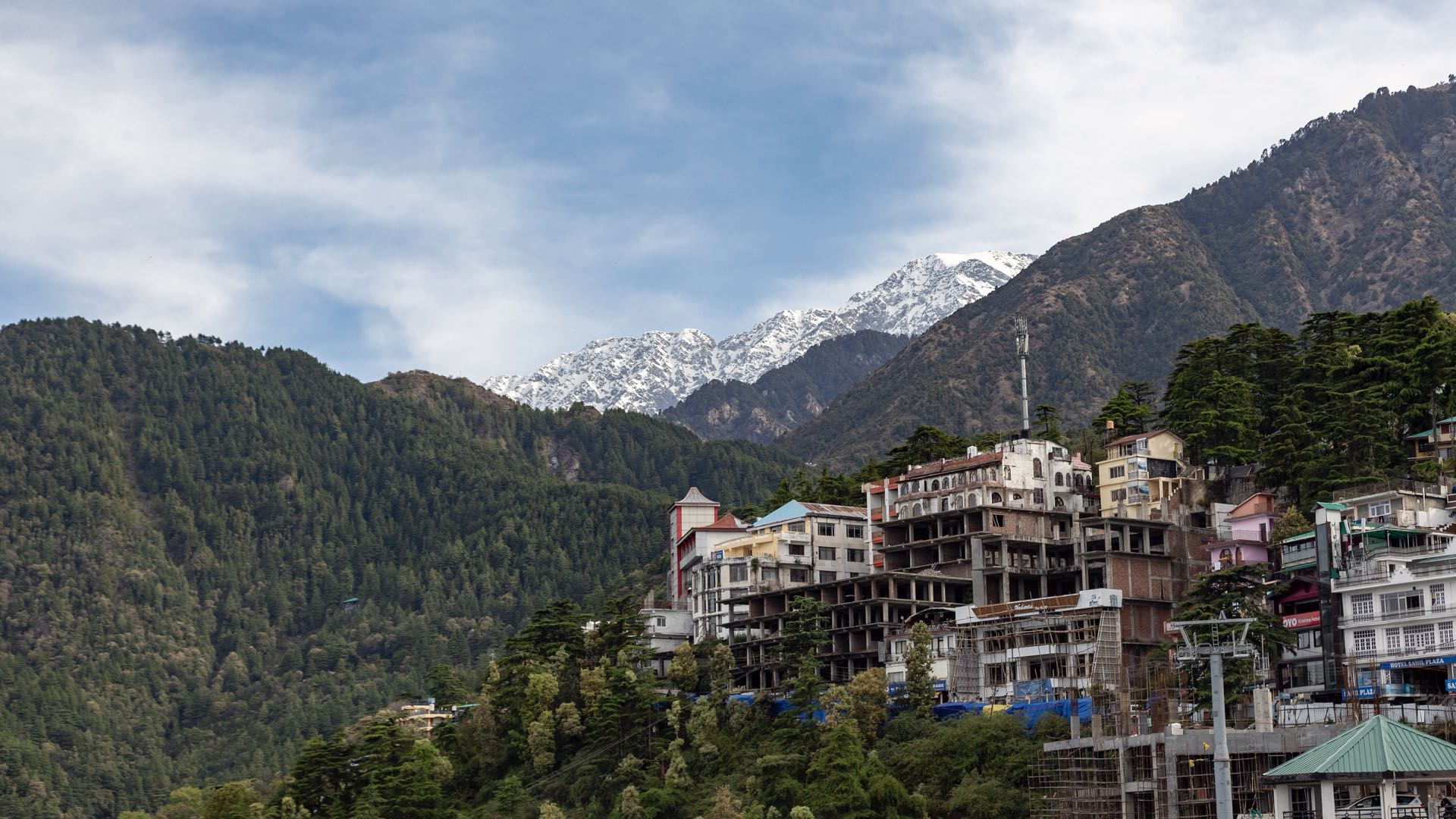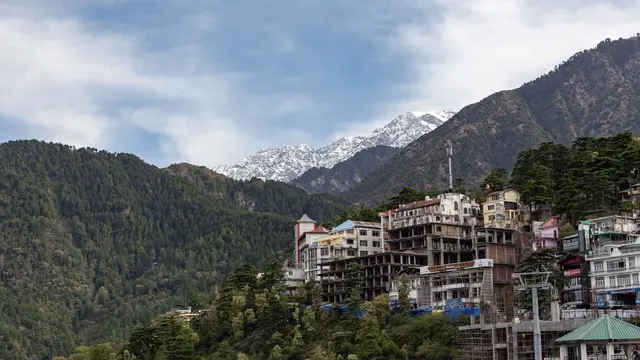
A nationwide lockdown enforced to control the coronavirus transmission in India has plummeted air pollution levels to a historic low, according to data released by NASA Earth Observatory.
During early spring months, the Gangetic region of the country witnesses a spike in aerosols – tiny solid and liquid particles – responsible for damaging the human lungs and heart. The pollutant, which originates from coal-fired plants, transportation and farm waste burning, has massively reduced because of the restrictions.
"By all accounts, the 2020 lockdown reduced those human-made emission sources," said a statement released by NASA. But measuring the aerosol concentration was not an easy task during lockdown because of the wind and rainfall in the region.
"We saw an aerosol decrease in the first week of the shutdown, but that was due to a combination of rain and the lockdown," Pawan Gupta, a Universities Space Research Association (USRA) scientist at NASA's Marshall Space Flight Center said.
India announced a lockdown, banning vehicular traffic, including trains from March 25 onwards. Two days later, heavy rain lashed most parts of northern India, washing away the aerosol present in the atmosphere. But aerosol presence started increasing after the rainfall.
"We knew we would see changes in atmospheric composition in many places during the lockdown. But I have never seen aerosol values so low in the Indo-Gangetic Plain at this time of year," Gupta added.
In order to understand the extent of the drop in air quality in the region, NASA prepared a set of five charts of pollution level in India from January 1 to April 5, 2020, and compared it to the 2016-2019 average.
Aerosol levels in northern India at the beginning of April were significantly below the norm for this time of year and the lowest in 20 years of Moderate Resolution Imaging Spectroradiometer (MODIS) observations.
The air is so clear in the northern state of Punjab – notorious for burning crop waste – that people were able to see the Himalayas for the first time in 30 years.
However, the pollution level is likely to increase in the coming weeks as temperature rises, and dust storms from the Thar Desert and Arabian Peninsula spike the pollution level in the region.
Surprisingly, in southern India, the pollution level remained almost the same despite the similar restriction in place to contain the coronavirus transmission. In fact, aerosol levels were slightly higher than in the past four years.
"The reasons are unclear, but could be related to recent weather patterns, agricultural fires, winds, or other factors," said the NASA statement.
Kanpur, Lucknow, Gaya, Noida, Varanasi and Patna are among the world's most polluted cities in the Gangetic belt, according to the World Health Organization.
(Cover: Snowcapped Dhauladhar range of the Himalaya are clearly visible during lockdown to control the spread of the coronavirus in Dharmsala, India. /AP)
 简体中文
简体中文

